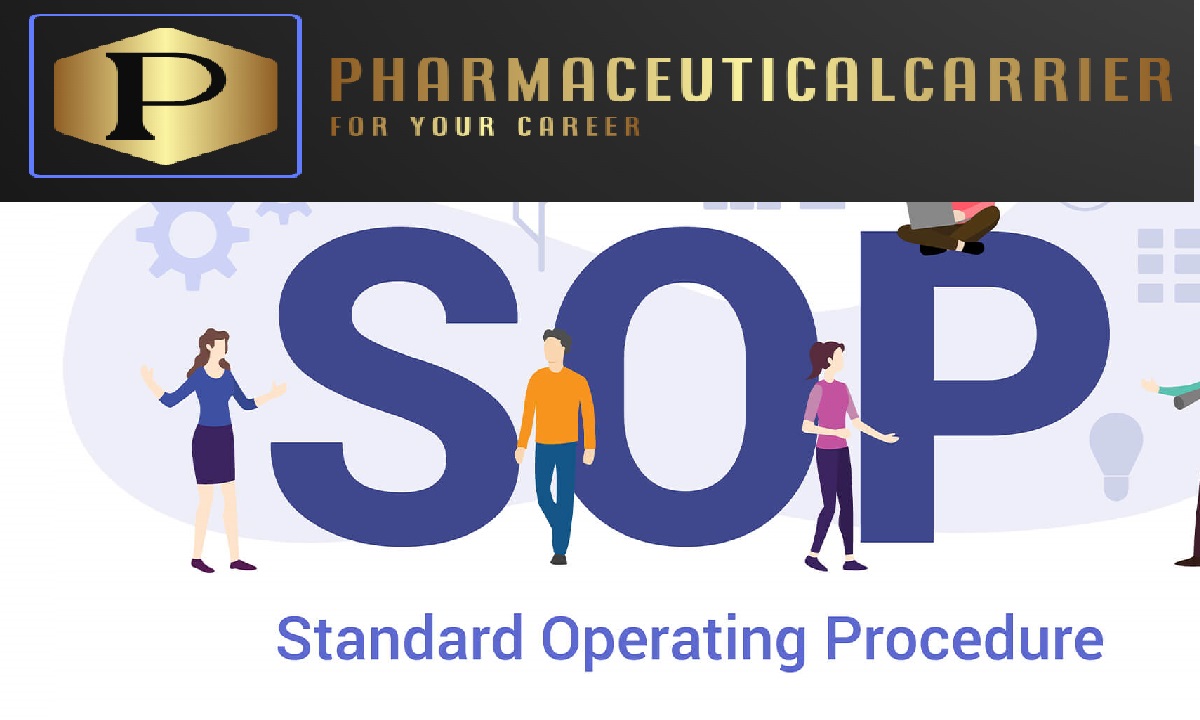1. Purpose of Diagnosing and Resolving Common HPLC Issues
The purpose of this Standard Operating Procedure (SOP) of Diagnosing and Resolving Common HPLC Issues is to provide a comprehensive guide for diagnosing and resolving common issues encountered during the operation of the High-Performance Liquid Chromatography (HPLC) system at [Company Name]. By following these procedures, laboratory personnel can efficiently identify and address common problems to ensure consistent and reliable HPLC results.
2. Scope of Diagnosing and Resolving Common HPLC Issues
This SOP for Diagnosing and Resolving Common HPLC Issues applies to all laboratory personnel responsible for the operation and maintenance of the HPLC system at [Company Name]. It covers procedures for diagnosing and resolving common HPLC issues, including issues related to chromatography, pumps, detectors, and data analysis.
3. Definitions involved in Diagnosing and Resolving Common HPLC Issues
3.1 Common HPLC Issues:
Issues that frequently occur during HPLC operation, affecting system performance and analytical results.
4. Responsibilities
4.1. Laboratory Manager
4.1.1 Ensure that laboratory personnel are trained and competent in diagnosing and resolving common HPLC issues.
4.1.2 Oversee compliance with this SOP.
4.2. Analysts
4.2.1 Follow the procedures outlined in this SOP for diagnosing and resolving common HPLC issues.
4.2.2 Report any unresolved issues or deviations to the Laboratory Manager.
5. Common HPLC Issues and Resolutions
5.1. Chromatography Issues
5.1.1 List common chromatography issues, such as poor peak shape, baseline noise, or retention time shifts.
5.1.2 Describe procedures for diagnosing and resolving each chromatography issue.
5.2. Pump Issues
5.2.1 List common pump-related issues, including pressure fluctuations or flow rate deviations.
5.2.2 Explain how to diagnose and resolve pump issues step by step.
5.3. Detector Issues
5.3.1 Enumerate common detector-related problems, such as baseline drift or signal noise.
5.3.2 Provide detailed instructions for diagnosing and resolving detector issues.
5.4. Data Analysis Issues
5.4.1 Identify common data analysis issues, such as integration problems or data processing errors.
5.4.2 Outline the process for diagnosing and resolving data analysis issues.
6. Reporting and Documentation
6.1. Issue Log
6.1.1 Maintain an issue log to record common HPLC issues encountered, their resolutions, and the date of resolution.
6.2. Documentation
6.2.1 Document detailed records of all diagnosed issues, resolutions, and any necessary corrective actions.
For more articles, Kindly Click here.
For pharmaceutical jobs, follow us on LinkedIn
For Editable SOPs in word format contact us on info@pharmaceuticalcarrier.com
For more information kindly follow us on pharmaguidelines.co.uk
Pharmacareer team is a team of Experts from every department of Pharmaceutical industry having enriched experience. Experts have work experience of many multinational pharmaceutical industries worldwide.


